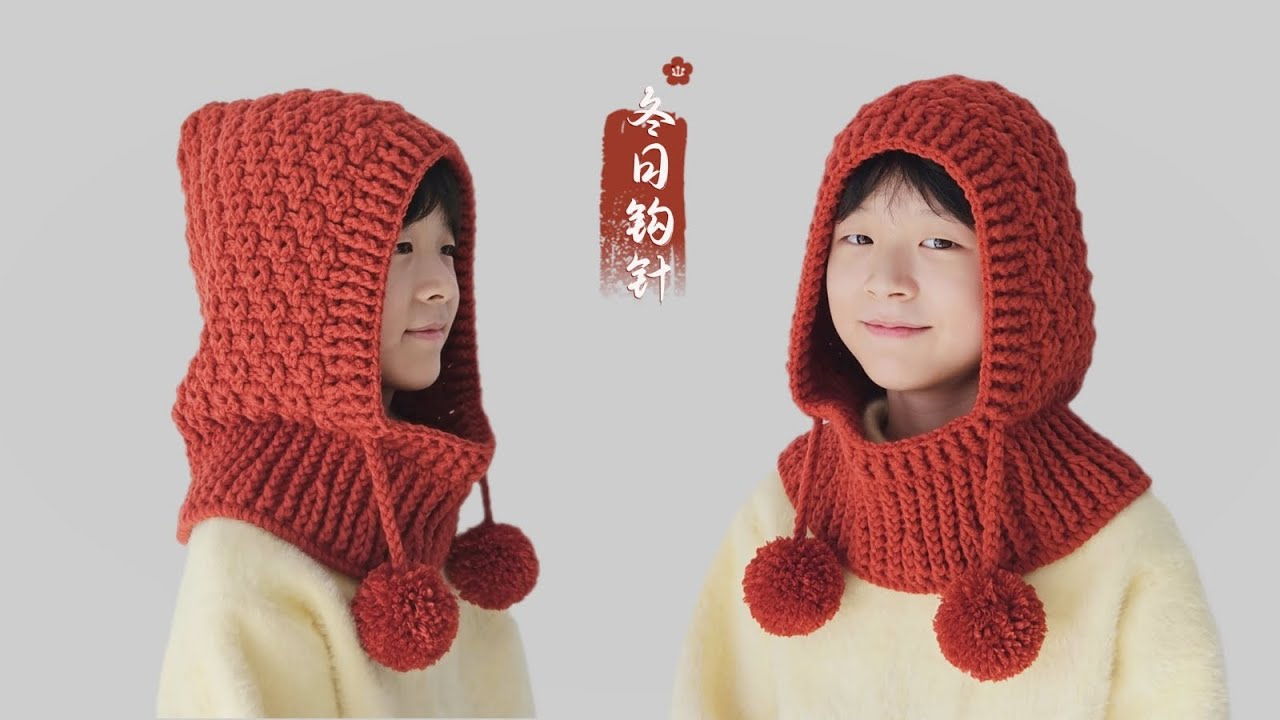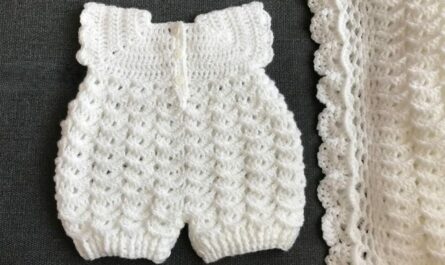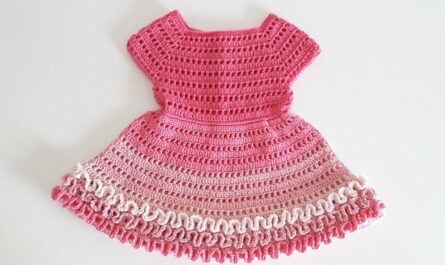As the world outside transforms into a hushed landscape of pristine white, with snow gently falling and a crisp chill in the air, there’s an undeniable allure to the warmth and comfort of home. For many, this seasonal shift ignites a particular passion: crocheting in the snow. It’s more than just a hobby; it’s a meditative practice, a purposeful pursuit, and indeed, an art form dedicated to keeping warm. And what better project to embody this art than crafting the ultimate warm hat?
Imagine settling into a cozy armchair by a window, a mug of steaming cocoa within reach, the soft click of your crochet hook accompanying the gentle snowfall outside. This is the essence of “crochet in the snow” – a harmonious blend of creative pursuit and practical preparation against the elements. The beauty lies not just in the finished product, but in the mindful process of turning simple yarn into a tangible source of comfort.
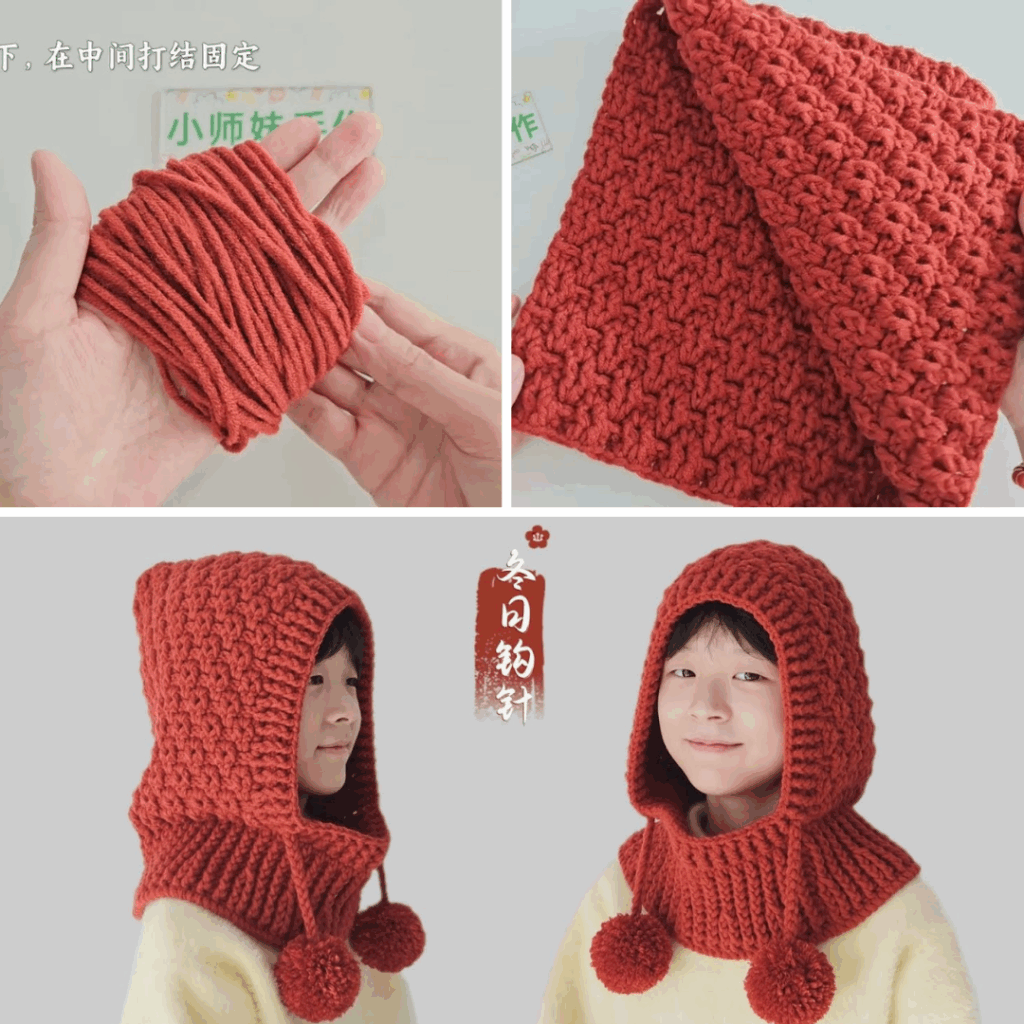
Learning the Art of Keeping Warm: The Science of Crochet Insulation
To truly master the art of keeping warm through crochet, one must understand the fundamental principle of insulation: trapped air. It’s not the fiber itself that’s inherently warm, but its ability to create countless tiny air pockets that act as barriers, preventing body heat from escaping and cold air from penetrating.
- Fiber Science: The Insulators’ Secrets:
- Natural Champions:
- Wool: The undisputed king of warmth. Wool fibers have a natural crimp and microscopic scales that interlock, creating myriad air traps. Merino wool, renowned for its extra-fine fibers, offers exceptional softness without sacrificing warmth, making it ideal for next-to-skin wear. Shetland and Icelandic wools, while often coarser, provide incredible durability and weather resistance. Wool also has the remarkable ability to wick moisture away from the skin, keeping you dry and warm even if you perspire slightly.
- Alpaca: These luxurious fibers have a hollow core, allowing them to trap air even more efficiently than wool, resulting in exceptionally lightweight yet incredibly warm fabric. Alpaca is often softer than many wools and is naturally hypoallergenic.
- Cashmere, Yak, & Mohair: These specialty fibers are prized for their supreme softness, lightweight warmth, and beautiful drape. They are often blended with wool for added strength and structure.
- Smart Synthetics: While natural fibers excel, modern acrylics can also be quite warm when chosen for their bulk and density. High-quality acrylics are soft, easy to care for, and excellent for creating dense fabrics.
- Natural Champions:
- Stitch Density: The Wind’s Enemy:
- The tighter the stitches, the more effectively they trap air. A loose, lacy fabric might be beautiful for summer, but for winter warmth, you need density. Dense stitches also act as a formidable barrier against icy winds, preventing heat from being “blown away” from your head.
- Fabric Thickness: Layer Upon Layer of Warmth:
- Simply put, a thicker fabric provides more insulation. This can be achieved by using bulky yarns, working very dense stitches, or even by designing a hat with a double layer of crochet fabric.
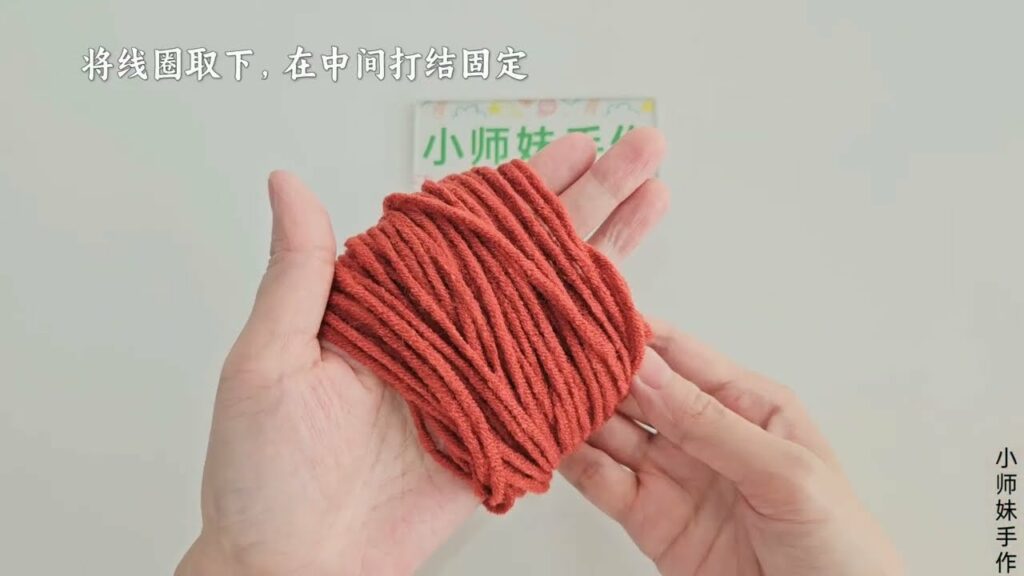
Crafting Your Ultimate Warm Hat: The Winter Hat Project
The head is a major point of heat loss, making a warm hat an absolute necessity for cold and snowy conditions. Here’s how to apply the “art of keeping warm” to your next crochet project:
Key Design Principles for Maximum Warmth:
- Yarn Selection (Revisited for Hats):
- Fiber: Prioritize Merino wool, alpaca, or blends containing these fibers. A superwash wool blend is excellent for easy care.
- Weight: For truly warm hats that work up quickly, opt for Bulky (Category 5) or Super Bulky (Category 6) weight yarns. If using Worsted (Category 4), ensure your chosen stitch pattern creates a dense fabric.
- Quantity: Most adult hats require 100-200 yards, but always check your pattern.
- Stitch Patterns for Insulation & Wind Protection:
- Single Crochet (SC): This is your warmest basic stitch. Its compact nature creates a dense fabric that excels at blocking wind and trapping air.
- Half Double Crochet (HDC): A good balance of density and working speed, resulting in a firm, warm fabric.
- Thermal Stitch: If maximum warmth is your goal, explore the thermal stitch. It effectively creates a double-layered fabric by working into specific loops from previous rows, trapping an incredible amount of air. It is yarn-intensive but delivers unparalleled warmth.
- Waistcoat Stitch (Center Single Crochet): This stitch creates a very dense, even fabric that closely resembles knitting, offering excellent warmth and structure.
- Post Stitches (FPDC/BPDC): Ideal for hat brims, these stitches create a raised, ribbed texture that is both snug and effective at trapping air around the ears and forehead.
- Puff/Bobble/Popcorn Stitches: While adding texture, these stitches also add significant bulk to the fabric, creating more air pockets for insulation.

- Tunisian Simple Stitch (TSS): Creates a very dense, woven-like fabric, excellent for warmth and structure.
- Smaller Hook Size: A simple trick to increase density is to use a crochet hook that is one size smaller than typically recommended for your chosen yarn. This creates a tighter, warmer fabric.
- Hat Construction & Features for Ultimate Warmth:
- Full Coverage: Ensure the hat is deep enough to cover the ears completely and extends low enough on the forehead. Consider a slightly slouchier fit or a deeper brim for comprehensive coverage.
- Snug Brim: A tightly crocheted, ribbed brim (using post stitches or SC in BLO) is critical for sealing out cold air and keeping the hat securely in place.
- Double Layering (Optional for Extreme Cold): For the harshest conditions, some patterns incorporate a double layer of crochet fabric or allow for a sewn-in fleece lining, providing an impenetrable barrier against the cold.
- Seamless Construction: Most warm hats are worked in continuous rounds (spirals) or joined rounds to minimize gaps and seams, creating a smoother, more insulating fabric.
- Pom-poms: While often seen as decorative, a well-stuffed yarn pom-pom on the crown can add an extra layer of insulation to the very top of the head!
Tutorial Considerations for the Crafter:
- The Gauge Swatch is Non-Negotiable: For a functional warm hat, hitting the correct gauge is paramount. It ensures your hat will be the right size and, crucially, that your fabric has the intended density and warmth.
- Meticulous Finishing: Take the time to weave in all yarn ends neatly. This not only makes your hat look professional but also prevents unraveling, which could compromise its warmth and integrity.
The Reward: Cozy Comfort and Handmade Pride
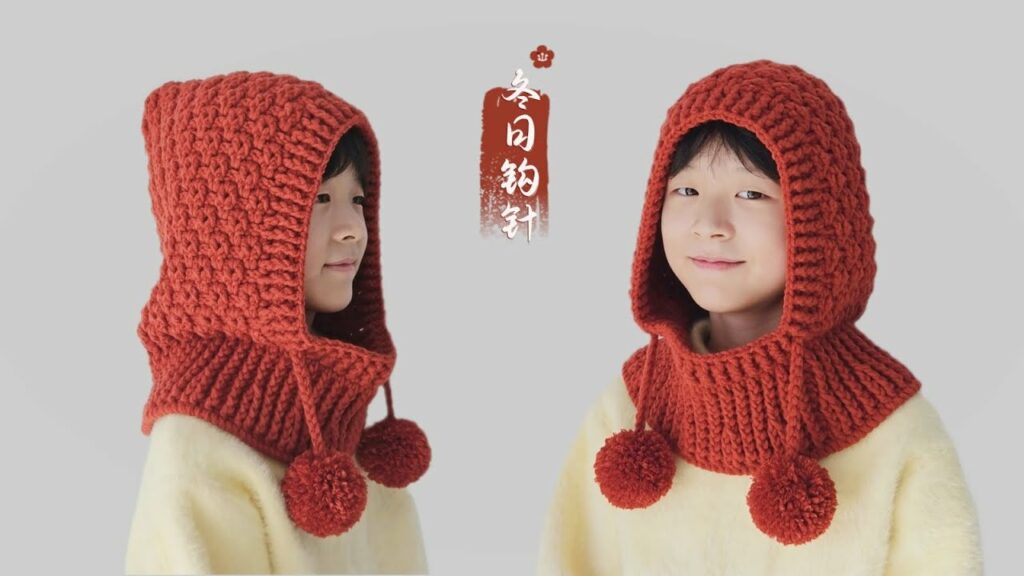
There is profound satisfaction in wearing a garment you’ve crafted with your own hands, especially when it perfectly serves its purpose. As you step out into the frosty air, your head enveloped in the custom-made warmth of your crocheted hat, you’ll feel a sense of pride that only a maker can truly understand. These hats are not just accessories; they are tangible expressions of care, skill, and the timeless tradition of turning fiber into warmth. They make cherished gifts, carrying with them the cozy feeling of a winter’s day spent in thoughtful creation.
Video Tutorial;
Embrace “crochet in the snow.” Let the chill outside inspire the warmth within your hands, and discover the immense satisfaction of creating not just a hat, but a cozy sanctuary, one stitch at a time.
